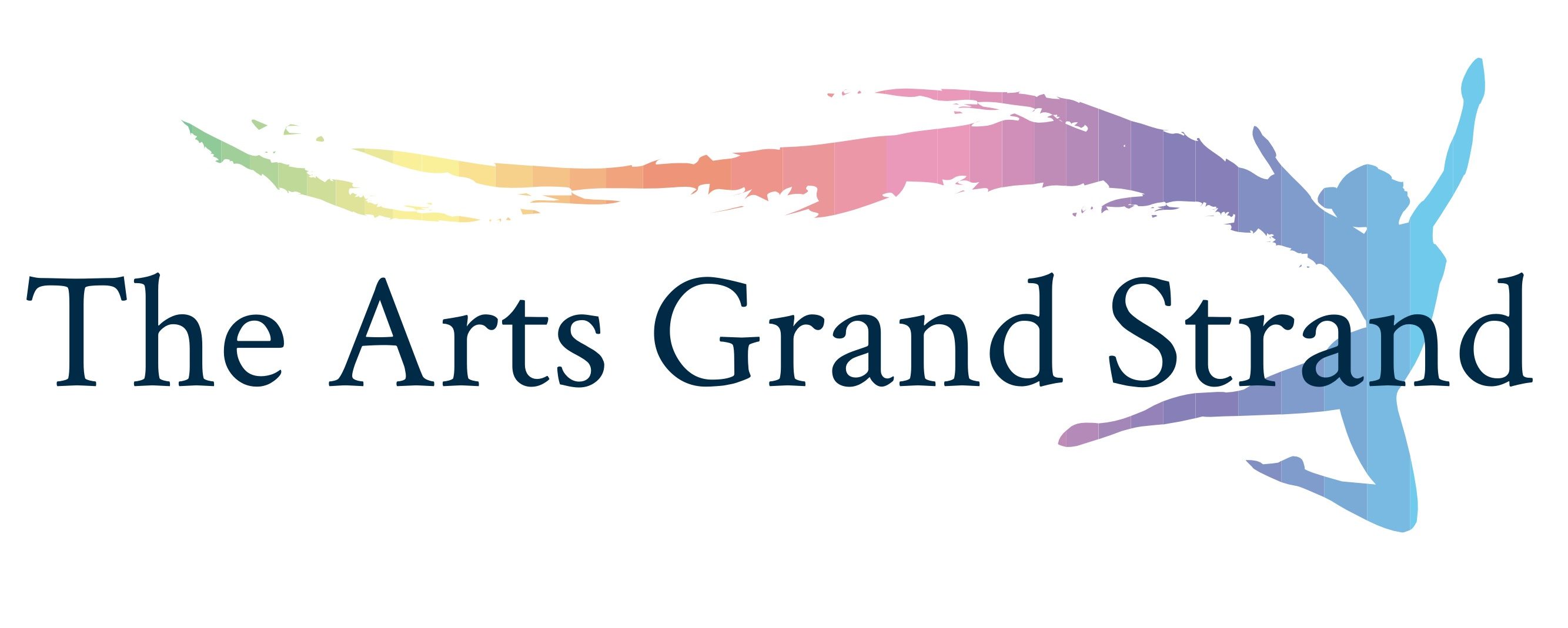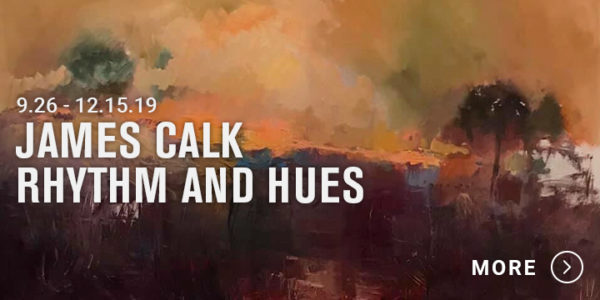BETSY HAVENS | CONGREGATE
September 19 – December 15, 2019
opening reception (joint opening along with the exhibition Jim Calk | Rhythm and Hues) | September 26, 2019 | time TBA
 Betsy Havens of Georgetown, SC, grew up in Savannah, GA, where at age 12, she began her study and love of art at the Telfair Museum of Art. Educated at the University of Georgia and the University of South Carolina, Havens received a Bachelor of Arts in Design and completed post-graduate studies in the history of architecture and Southern literature. She lived and worked in Columbia, SC, for 30 years, opening a studio with her now husband, James Calk, in 1998. In 2002, the couple sold their businesses and relocated to their riverfront home in Georgetown, where they faithfully devote their time and energy to their art.
Betsy Havens of Georgetown, SC, grew up in Savannah, GA, where at age 12, she began her study and love of art at the Telfair Museum of Art. Educated at the University of Georgia and the University of South Carolina, Havens received a Bachelor of Arts in Design and completed post-graduate studies in the history of architecture and Southern literature. She lived and worked in Columbia, SC, for 30 years, opening a studio with her now husband, James Calk, in 1998. In 2002, the couple sold their businesses and relocated to their riverfront home in Georgetown, where they faithfully devote their time and energy to their art.
Congregate speaks to the common thread in Havens’ work, the human figure. The artist’s love of the human figure has led her to paint subject matter of the street scene, the café, markets, fishermen, dancers, historical figures and portraiture. Artist and owner of Hagan Fine Art gallery in Charleston, SC, Karen Hewitt Hagan remarks, “Betsy has an innate sense of solitude in the presence of the masses. Her inspiration for the busy streets of large metropolitan cities very much captures the singularity of each person’s existence while showing the commonality of all in the bustle.” Indeed, it is Havens’ unique ability to capture the individuality of the human spirit among large assemblies of people – congregations, if you will – that makes her work so special.
In addition to Havens’ paintings of crowds of people moving through bustling city streets all over the world, Congregate will include new works of mythological figures and a large-scale installation of 8″ x 8″ human faces, as well as a new series of painted medleys of Havens’ favorite things.
JAMES CALK | RHYTHM AND HUES
September 26 – December 15, 2019
 Georgetown-SC artist James Calk grew up in Saluda, SC, and attended Newberry College (Newberry, SC). He has received numerous awards, and his work has been exhibited widely and collected by many. In addition to his artistic studies with master painters David A. Leffel and Charles Reid, Calk is a classically trained pianist and is the organist and choir director at Prince George Winyah Episcopal Church. Everyday in their riverfront atelier, Calk and his wife and fellow artist Betsy Havens produce new work that is wildly sought after in SC galleries located in Charleston and Columbia, as well as in Blowing Rock, NC.
Georgetown-SC artist James Calk grew up in Saluda, SC, and attended Newberry College (Newberry, SC). He has received numerous awards, and his work has been exhibited widely and collected by many. In addition to his artistic studies with master painters David A. Leffel and Charles Reid, Calk is a classically trained pianist and is the organist and choir director at Prince George Winyah Episcopal Church. Everyday in their riverfront atelier, Calk and his wife and fellow artist Betsy Havens produce new work that is wildly sought after in SC galleries located in Charleston and Columbia, as well as in Blowing Rock, NC.
Calk paints large-scale, abstract landscapes in oil filled with thick applications of paint. He often refers to them as “abbreviated landscapes.” His paintings are composed of carefully orchestrated, vibrant bursts of color juxtaposed with soft, less saturated hues that together form majestic, sweeping vistas, which beckon viewers to explore them. Calk’s mastery of color and light is closely tied to his love and understanding of music. For each note on the musical scale, Calk has assigned a color. If you see him painting in his studio, you can bet there is music playing in his ears, guiding his palette knife along as he goes. In an interview with Sara Sabota for Grand Strand Magazine (Feb., 2018), Calk explained his process:
“I begin only with an idea of design. I have no colors in mind, I have nothing in mind. But if you will allow your soul to paint the painting, and if you will give your soul to the canvas, it will tell you what it needs. It will, literally—you and the canvas become one. If you don’t get that feeling, then you’re not really painting—or, I’m not really painting. Anyone can learn to do a pretty picture, but abstract that idea into something. It goes beyond the thought process of just putting the brush down and making the right marks.”
Rhythm and Hues features an assortment of Calk’s abstract landscapes and still-lifes, in addition to a sampling of semi-abstracted paintings from his “tonalist” period, which exhibit the artist’s ability to work with a minimal palette.


